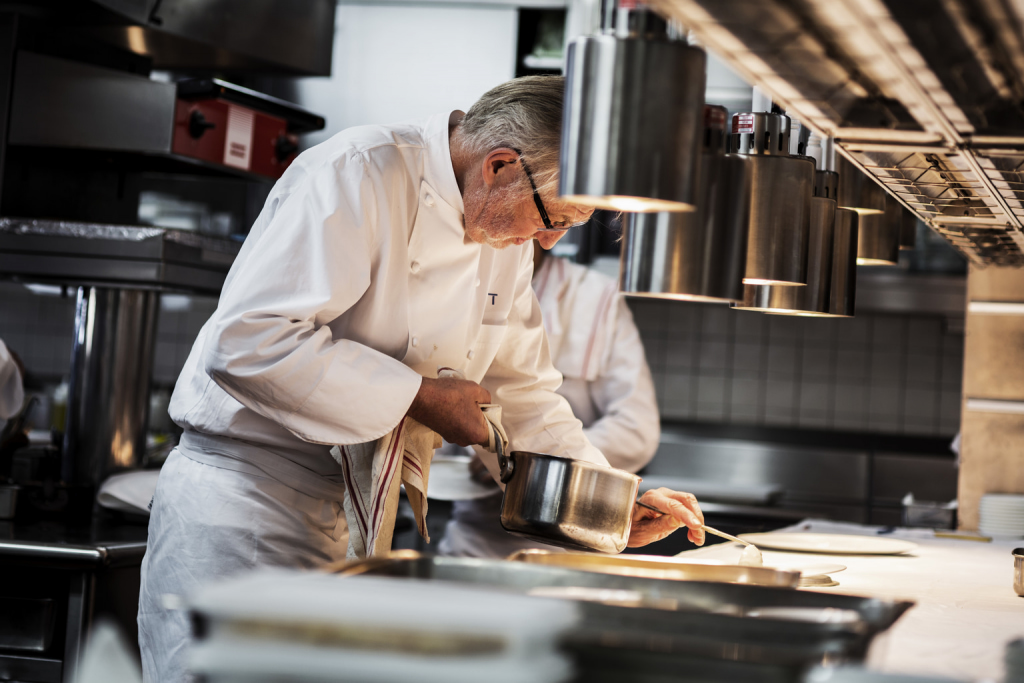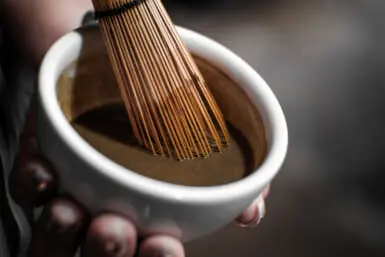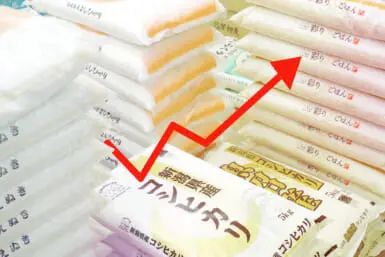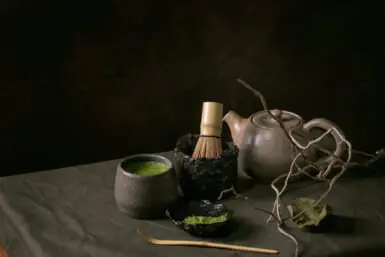The Pierre Gagnaire restaurant on the 36th floor of ANA InterContinental Tokyo is awash with childlike excitement. It’s a homecoming and a family reunion of sorts for Chef Pierre, as he later confirms, “We cook together, we are a family.” We sit down to cut into the Tokyo culinary scene, his relationship with his staff and try to feel where haute cuisine stands in the increasingly complex dietary requirements landscape of today.
The famous chef has a lot on his plate, in many ways, with 23 restaurants in nine countries around the world. He has been consistently winning Michelin stars, hanging around the top of World’s Best restaurants charts and winning a Best Chef in the World award in 2015. Working and globetrotting, he still manages to be in Tokyo two times a year, admitting that his 2 Michelin star restaurant in Tokyo is very special to him.
Balancing between so many restaurants around the world and their differing menus, I ask the chef how does he keep his brand of cooking consistent. “I have trusted teams that truly understand my cooking,” he says. “And the menu is an image of my personality. I give them guidelines, but they can then take it in any direction. It’s like improvising a jazz melody with a band.”
He pauses for a second to think of signature dishes across restaurants and decades, but we come to the conclusion that the Pierre Gagnaire brand is all about not having one signature dish. There are some constants he insists on, such as quality and honesty. Aside from that, the constantly changing and creative dishes are what’s exciting about his restaurants and what regulars have come to expect.
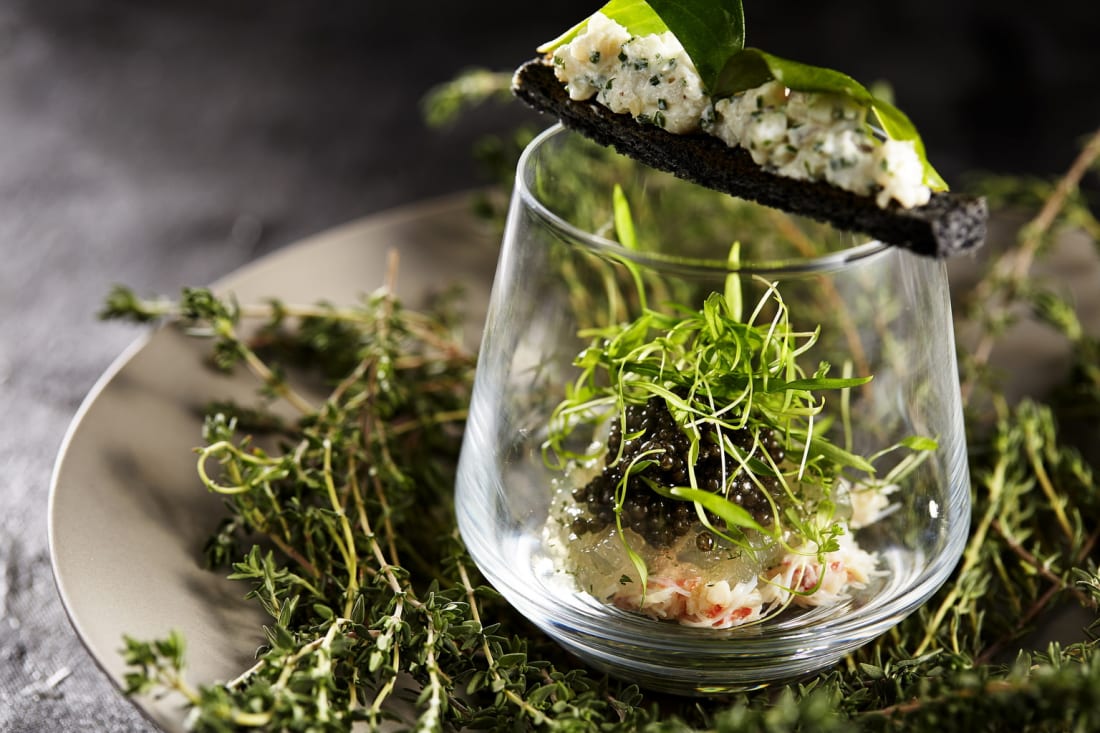
Squid-infused toast and ricotta cheese with fennel jelly, edamame and Oshetra caviar | Courtesy of ANA InterContinental Tokyo
The Japanese Anchor of the French Chef
“Visiting Japan for the first time was like a dream,” he remembers. He wasn’t influenced by Japanese cuisine previously, but his visit showed him that his food aesthetics and the Japanese plating style matched perfectly. Chef Pierre’s restaurants serve a lot of small dishes in succession, each plate and utensil different to match the style of the food.
The changing of the seasons reflected in the dishes is another intersection where Pierre Gagnaire’s cooking and Japanese tastes meet. On top of that, he embraces local ingredients. For instance, in the summer lunch course in the Tokyo restaurant there are recipes that contain shiso, ume, umeshu, shiitake, etc.
The bridge that connects him to the local cuisine, chef Pierre tells me, is chef Yosuke Akasaka, the Executive Chef of the Pierre Gagnaire restaurant in Tokyo. “He can translate me via Japanese culinary sensibilities and translate the Japanese tastes via the restaurant’s cuisine,” says Chef Pierre. “Eating his dish is like seeing yourself on the plate, but it’s not you, but it’s still you… ” Chef Pierre says that the key to a relationship with his right hand chefs is trust, as he gives them the guidelines, while the support of the ANA InterContinental Tokyo is another ingredient to the restaurant’s success.
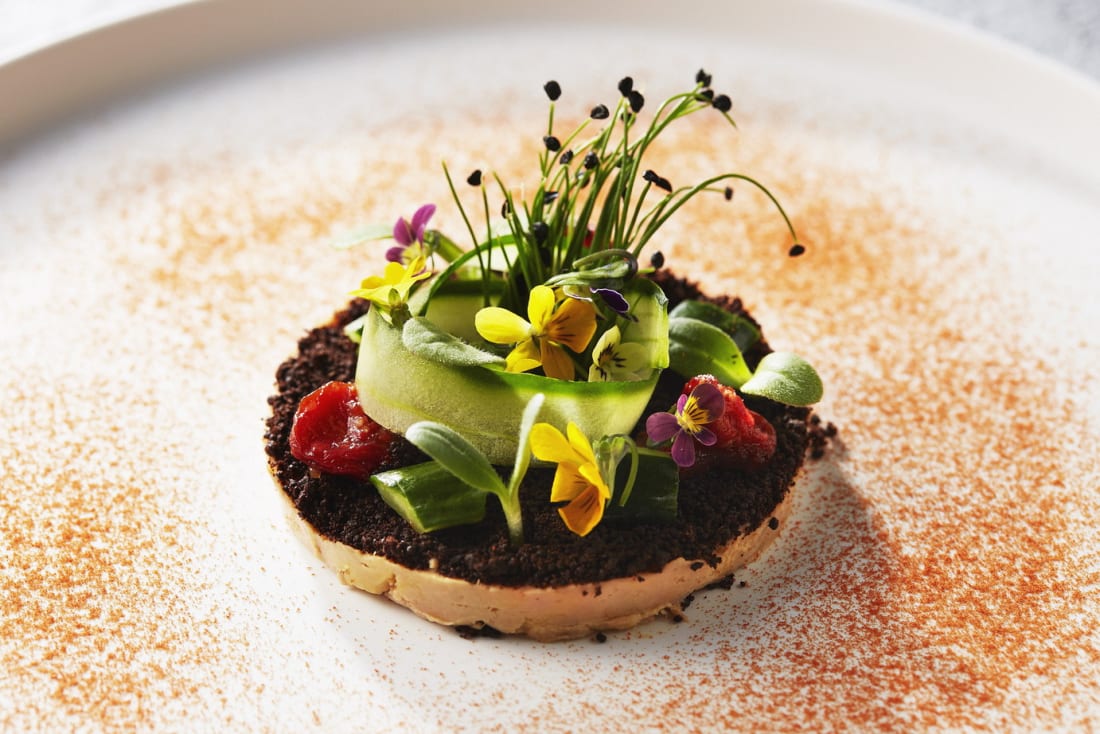
Foie gras terrine with black olives, pepper, honey-scented cherry tomato Mi Séche | Courtesy of ANA InterContinental Tokyo
All That Culinary Jazz
The whole dining experience is like a performance in which the chef is the artist, and the guests are the audience. The restaurant staff also fills theatrical roles to help bring the play to life. In that sense, everything in the restaurant has a purpose to serve in the overall dining experience – the interior, the plates, the music… Chef Pierre agrees, and adds that any noise in the restaurant, along with the temperature, light and, of course, the service, is crucial to creating the restaurant’s experience.
As any other artist, the chef finds ideas in constantly cooking and being involved in the work, even after four decades of being a restaurateur. He says he often cooks in the restaurant alone, after hours. What comes out is not just delectable, but also creative and adventurous. He either strives to find new ingredients or use ingredients in a new way, close to his own sensibility. He is known for being at the forefront of French cuisine, expertly mixing unexpected ingredients, like fish and beef sweetbread in the lunch course offered in Tokyo.
“Actually, fish is one of the most difficult foods to cook”, he says, adding that every fish requires individual tweaking while cooking. “You need to respect every fish.”
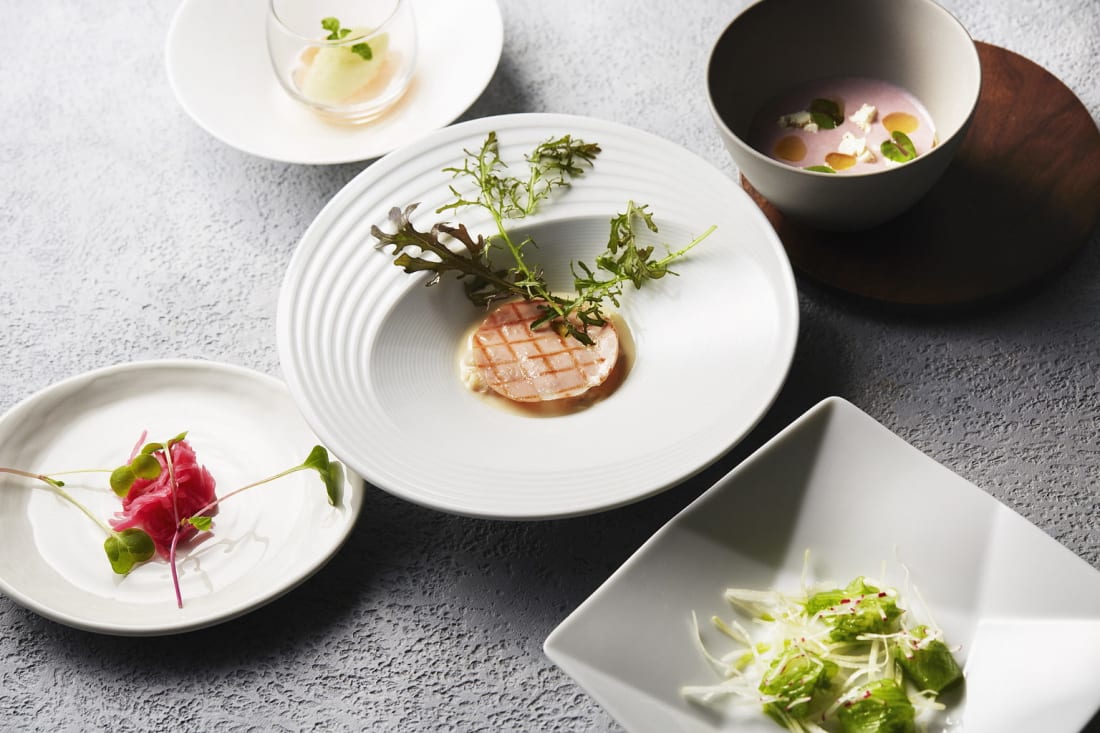
Cocktail de poche | Courtesy of ANA InterContinental Tokyo
“Facing tomorrow but respectful of yesterday”
It is clear why Pierre Gagnaire’s mission statement on his website is “facing tomorrow but respectful of yesterday” (“tourné vers demain mais soucieux d’hier”). He plays and experiments, but also respects certain unchanging qualities in cuisine and especially in the Tokyo food scene. He concedes there are changes, but slow and careful, with maintaining the high standards of taste and service. He praises Japan’s successes in whisky-making, and advancements in wine-making and pastries.
Finally, flexibility in cooking is a hot topic we take out of the oven and poke with a thermometer. Worldwide, there’s been more awareness of various dietary restrictions – for health reasons, religious reasons, environmental concerns, etc. We have also seen more and more establishments catering to people’s restrictions and creating menus to serve them: vegan dishes, gluten-free dishes, halal dishes and so on.
The chef confirms that when a lot of effort has been put into crafting the exquisite dishes they serve, it might be harder to change the recipe, but it’s more respectful in every way to do so. He can make high-class cuisine in many forms, and adding or taking away ingredients is just a normal challenge, no different than changing your recipe to use what’s in season. The Tokyo restaurant modifies their course, provided customers contact them in advance. “What makes a great chef is the ability to feel the product and respect the food. Use all of it.”
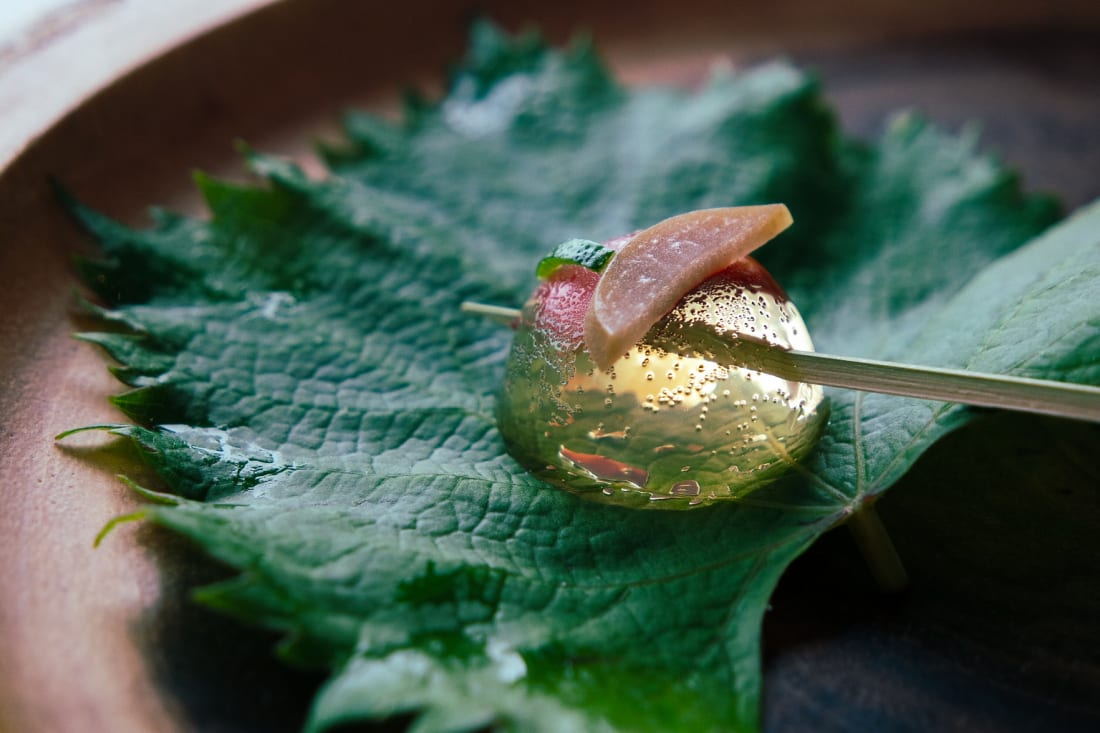
Photo by Zoria Petkoska
Unpretentious and Authentic
His respect for the food, as well as the diners, is refreshing in the culinary world, often depicted in popular culture with arrogant unyielding chefs that don’t allow adding a single grain of salt to their recipe. Chef Pierre is the unpretentious and authentic person that he says he is. Without mincing words, and with both of us mixing several languages, no question is off the table. However, our empty coffee cups are multiplying.
“Now if you would excuse me,” he says, “I need to go and throw on an apron and get cooking!” His bright personality turning up a notch as he goes to join his restaurant family in the kitchen. It’s been less than 10 hours since he landed in Tokyo, but that doesn’t seem to be a hurdle to chef Pierre’s enthusiasm. “I am first and foremost a chef, and then everything else.”
It’s an expression he repeated several times during our interview and it’s the heartwarming and obvious truth.
Follow TW writer Zoria Petkoska on Instagram at @zoria_in_tokyo
Feature image courtesy of ANA InterContinental Tokyo

